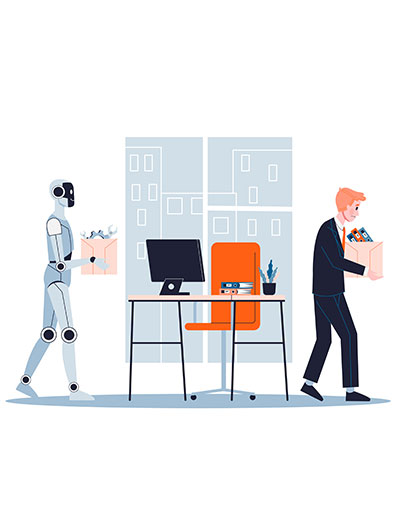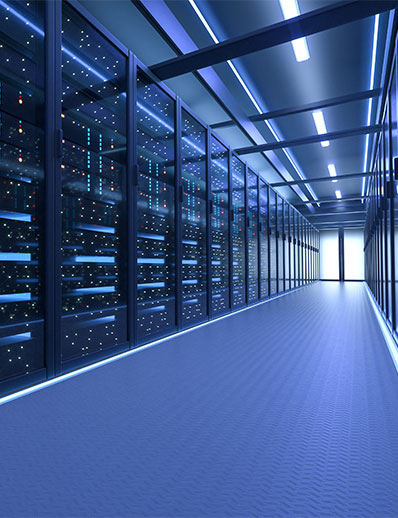By this point it probably goes without saying that AI is a big deal; already it has ushered in a sea change in virtually every industry, and its impact will continue to reverberate for generations to come. AI will undoubtedly change the way we work in ways both small and large, and as these changes unfold, they may even lead to disruptions in our physical workspaces.
Maybe AI has already shifted things in your workspace, or maybe you await that shift at some point in the future. Either way, it’s good to start thinking proactively about how to design workspaces with AI functionality in mind.
AI-Specific Roles
One change that many companies will see is an influx of employees whose work is specifically designed to interface with AI. For example, programmers and database experts may be needed to generate and maintain the vast informational resources needed for AI to function at an optimal level. And prompt specialists may be needed to coach AI through industry-specific conversational cues.
Businesses should start thinking now about whether it’s more cost-effective to bring these employees in-house or encourage remote positions. Remote work may help companies access a wider talent pool, but it will still be crucial to ensure that these employees are set up with safe, secure, and efficient home IT setups. Meanwhile, for companies that prefer a more hybridized approach, hoteling or hot desking solutions may be the answer, allowing for flexibility as the workforce inevitably changes.


A Shrinking Workforce?
While some teams may grow as a result of AI capabilities, others may contract, with certain duties and functions becoming automated. This isn’t the most pleasant thing to think about, but for those making long-term decisions about workspaces, it’s unavoidable.
In organizations that foresee a shrinking workforce, now is the time to think about ways forward: Will you move to a work-from-home scenario? Will you wind up with more physical space than you know what to do with? Should you weigh the benefits of downsizing to a more modest office environment?
Start thinking through the logistics of a downsize sooner rather than later, ensuring you can make a well-reasoned decision come crunch time.
The Physical Demands of AI
Finally, note that AI technology is far from all-digital or disembodied. To leverage AI effectively requires good data, and in many organizations that means creating space for data processing.
There are a number of considerations here, including:
- Cooling and ventilation systems to keep computers from overheating.
- Biometric access controls and other security measures to keep data under lock and key.
- Reliably fast Internet connectivity in your workspace.

Start thinking ahead to the square footage that might be required to house an extended IT configuration, including in-house data processing.
Have More Questions About Preparing for The Impact of AI?
Our experienced team can help. Get your free consultation today!
Learn MorePlan for the Workspace of Tomorrow
AI will continue to change the workplace, but these changes don’t have to catch you off guard. Consider ways to future-proof your business, preparing for further AI developments. And with any questions about workspace relocation or reconfiguration, reach out to the Corovan team directly.
